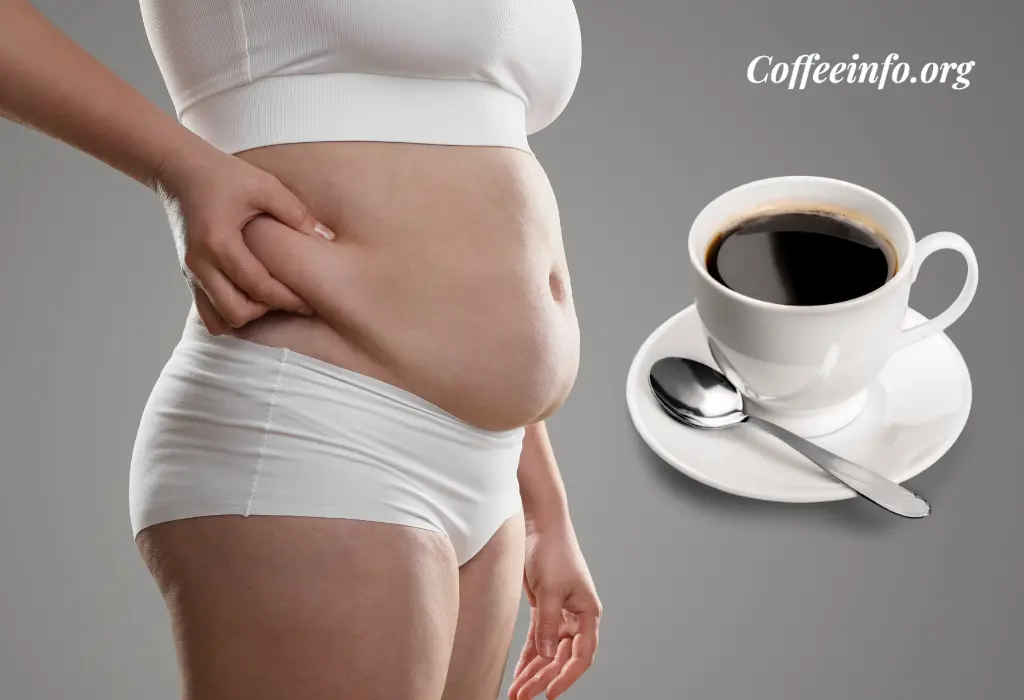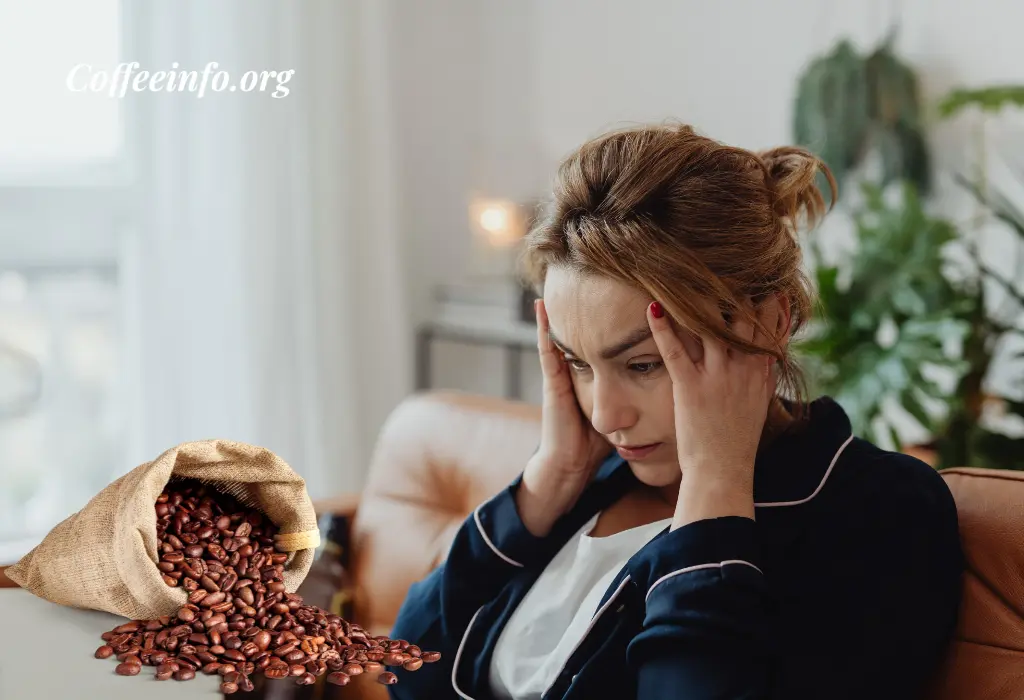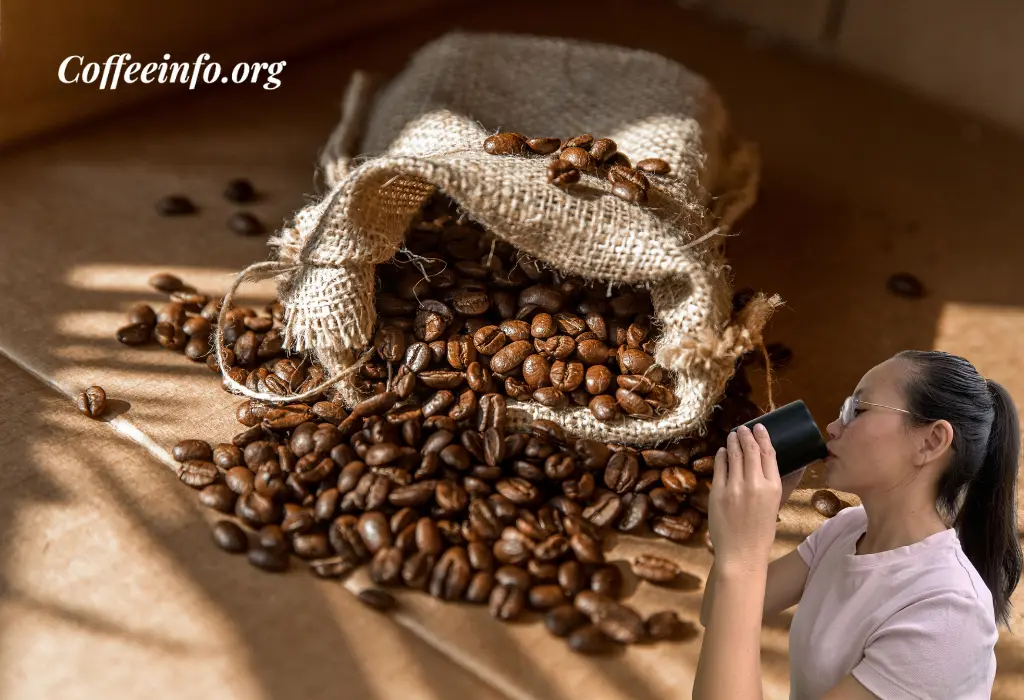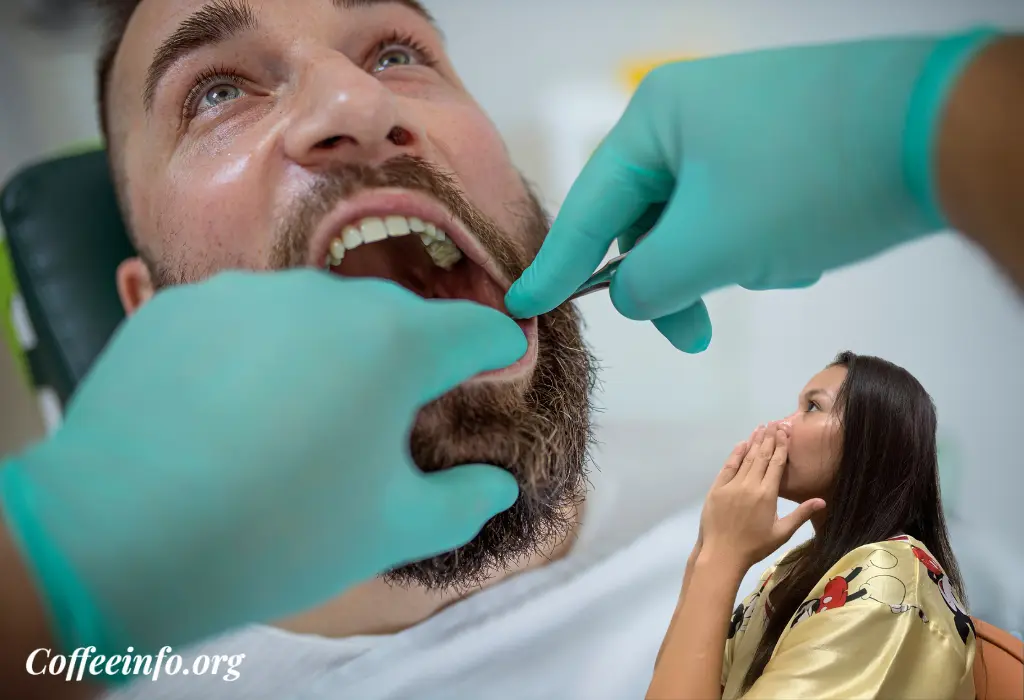Short Answer: Coffee hair dye can provide temporary results, primarily darkening hair and adding subtle brown tones, but it may not work on previously bleached or chemically treated hair. It does work according to some users who report “surprisingly pretty great” results, though effects are typically mild and temporary. At most, coffee staining changes gray hair to light beige rather than dramatic color transformation, making it better suited for subtle touch-ups than significant color changes.
Table of Contents
The use of natural substances for hair dyeing has gained significant traction in recent years, with many individuals seeking alternatives to conventional chemical dyes. Among these natural options, coffee stands out as a popular choice, largely due to its availability and perceived benefits. Coffee is not only a staple in most kitchens around the world but also carries potential therapeutic properties that could be beneficial for hair.
As the beauty industry shifts toward more holistic and environmentally friendly practices, organic and natural solutions are becoming increasingly sought after. This trend reflects a growing awareness of the potential adverse effects associated with synthetic hair dyes, which often contain harsh chemicals that can damage hair and irritate the scalp. Consequently, many consumers are exploring better, safer alternatives. Coffee, renowned for its antioxidant properties, has emerged as a favorable candidate for those looking to enhance their hair naturally.
Proponents of coffee as a hair dye advocate that its rich pigments can impart a subtle coloration, particularly beneficial for individuals with dark hair or those seeking to cover gray strands. The process typically involves brewing strong coffee, allowing it to cool, and then applying it directly onto the hair. This method not only promises to tint the hair but also to nourish it, thanks to the natural oils and compounds found in coffee.
Nevertheless, the effectiveness and safety of coffee as a hair dye remain central questions. Is it truly capable of providing lasting color? What are the implications for hair health? As we delve deeper into this topic, we aim to uncover the reality behind the claims surrounding coffee as a natural hair dye and address common concerns, providing clarity on this emerging beauty trend.
How Coffee Affects Hair Color
Coffee, a popular beverage derived from roasted coffee beans, contains various chemical compounds that may influence hair color when used as a dye. The primary component associated with imparting color is the pigment known as melanoidins, which are formed during the Maillard reaction, a process that occurs during the roasting of the beans. These melanoidins can lend a brown hue that is often sought after for hair dyeing purposes. Additionally, the caffeine present in coffee could stimulate hair follicles, potentially promoting healthier hair growth, although its direct effect on hair coloring remains less clear.
The effectiveness of coffee as a natural dye can vary significantly based on individual hair characteristics. Factors such as hair type, texture, and current color all play crucial roles. For instance, individuals with light or blond hair may experience a more pronounced color change than those with darker hair. This is largely due to the fundamental differences in pigmentation; lighter hair has a higher capacity to absorb the color imparted by the coffee. Conversely, those with darker hair might notice a subtle tint rather than a significant color transformation.
Moreover, the method of application can also impact results. Steeping coffee and using it as a rinse or mixing it with conditioner can yield varying outcomes, as the duration of contact and concentration of coffee solutions may influence dye bonding. Hair also tends to be more porous when it is wet; thus, applying coffee dye on damp hair may enhance absorption and color outcomes. While coffee hair dye may not produce the same intensity or longevity as commercial hair dyes, the natural approach appeals to individuals seeking less chemical exposure. With careful consideration of hair type and coloring technique, coffee could serve as a viable alternative for those interested in enhancing their hair color naturally.
Step-by-Step Guide to Dyeing Hair with Coffee
Using coffee as a natural hair dye is an appealing option for those seeking a chemical-free method to enhance their hair color. To begin this process, you will need a few essential materials. Gather the following items: freshly brewed strong coffee, a mixing bowl, a brush or comb for application, a shower cap or plastic wrap, towels to protect your clothes and surfaces, and an optional conditioner for added moisture.
The preparation of the coffee dye is simple yet crucial. Start by brewing a strong pot of coffee, using a darker variety such as espresso or French roast for a richer color. Allow the coffee to cool down to room temperature. Once cooled, pour the coffee into a mixing bowl. For added conditioning benefits, you may incorporate a few tablespoons of natural conditioner into the mixture. This will provide an extra layer of nourishment to your hair. Stir the mixture well to ensure all ingredients are combined.
Next, it is time to apply the coffee dye to your hair. Begin with dry, clean hair for the most effective results. Section your hair into manageable parts, making it easier to apply the dye evenly. Use the brush or comb to distribute the coffee mixture throughout your hair, ensuring that every strand is saturated. It is advisable to work from the roots to the tips to allow the color to develop uniformly. Once all of your hair is coated, gather it on top of your head and cover it with a shower cap or plastic wrap. This helps to retain moisture and heat, enhancing the dyeing process.
Leave the coffee dye on your hair for at least 30 minutes, although longer applications may yield deeper shades. After the desired time has elapsed, rinse your hair thoroughly with cold water to seal the color. For those looking to maximize the effects, repeating this process occasionally can build up the color and enhance its richness. Always keep in mind that natural methods may yield gradual results, requiring patience for optimal outcomes.
Effectiveness and Longevity of Coffee Hair Dye
Coffee hair dye has gained popularity as a natural alternative to conventional hair dyes, primarily due to its perceived effectiveness and ability to offer a more subtle color change. Many users report varying degrees of success when using coffee as a dye, often achieving rich, deep brown shades that can enhance their natural color. However, the effectiveness of coffee hair dye can greatly depend on the hair’s starting color and condition. Darker hair types may experience slight enhancement, while lighter hair may not demonstrate significant color change after application.
User experiences reveal that coffee hair dye’s longevity can be quite limited compared to standard chemical dyes. Unlike traditional dyes that provide prolonged color retention, coffee applications typically lead to fading within a few washes. Reports suggest that coffee hair dye usually lasts anywhere from one to three weeks, necessitating repeat applications for maintained vibrancy. This characteristic can appeal to individuals seeking low-commitment options, but it may frustrate those looking for a longer-lasting solution.
Moreover, the application method and frequency also play crucial roles in the dyeing process. Many users find that using freshly brewed coffee or coffee grounds during the dyeing process necessitates in-depth preparation. Applying heat enhances the connection between the coffee pigments and the hair shaft, potentially improving the overall effect. Anecdotal evidence from various online communities highlights that adding other natural ingredients such as conditioners or oils can maximize results and improve shine, although these combinations can alter the final outcome.
In comparison to conventional hair dyes, coffee hair dye poses fewer risks regarding chemical damage and allergic reactions, but this trade-off comes with limitations in terms of intensity and longevity. Ultimately, while coffee can provide a temporary and less damaging hair coloring solution, understanding the realistic expectations concerning effectiveness and fading is essential for users considering this alternative method.







Leave a Reply